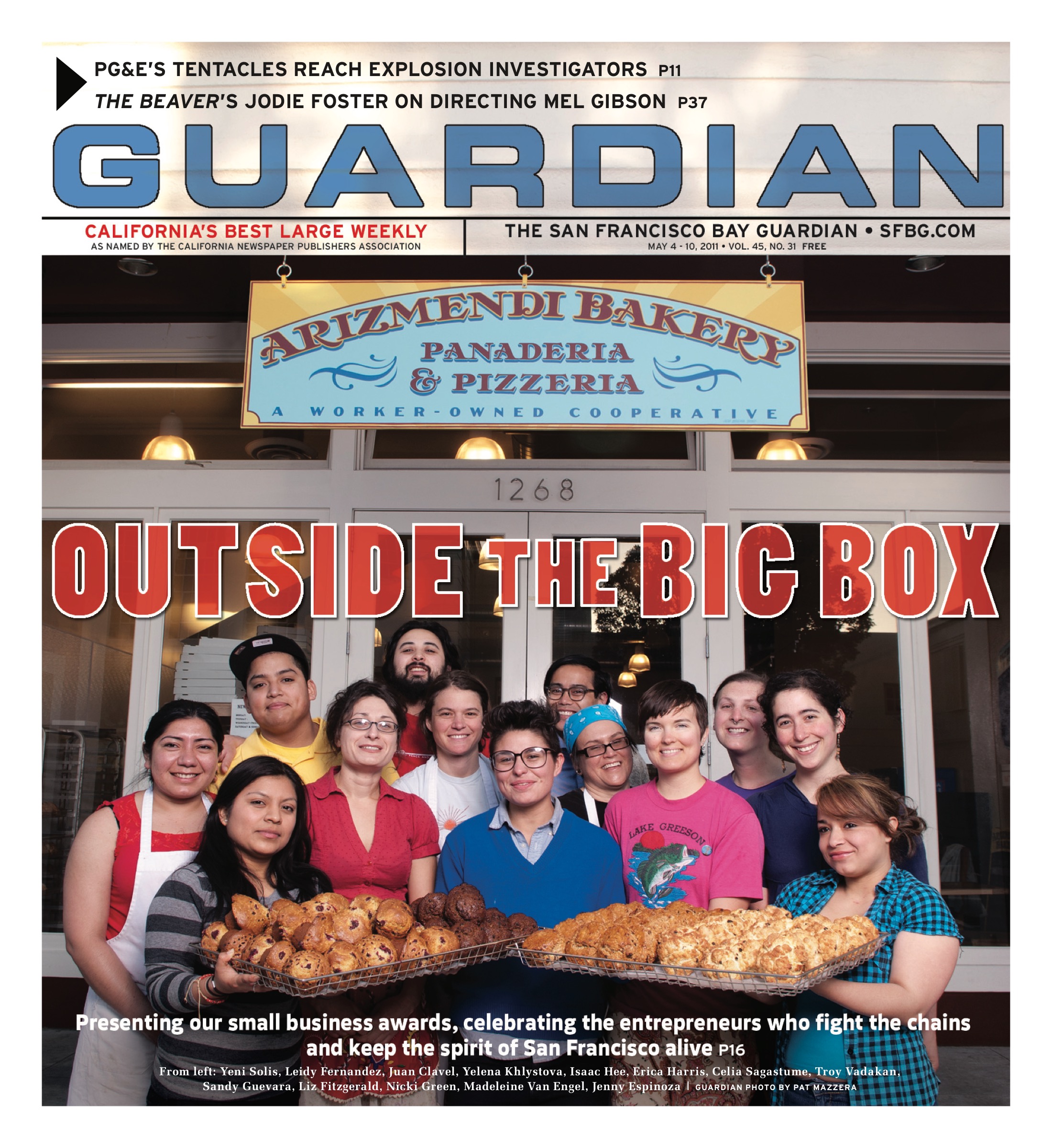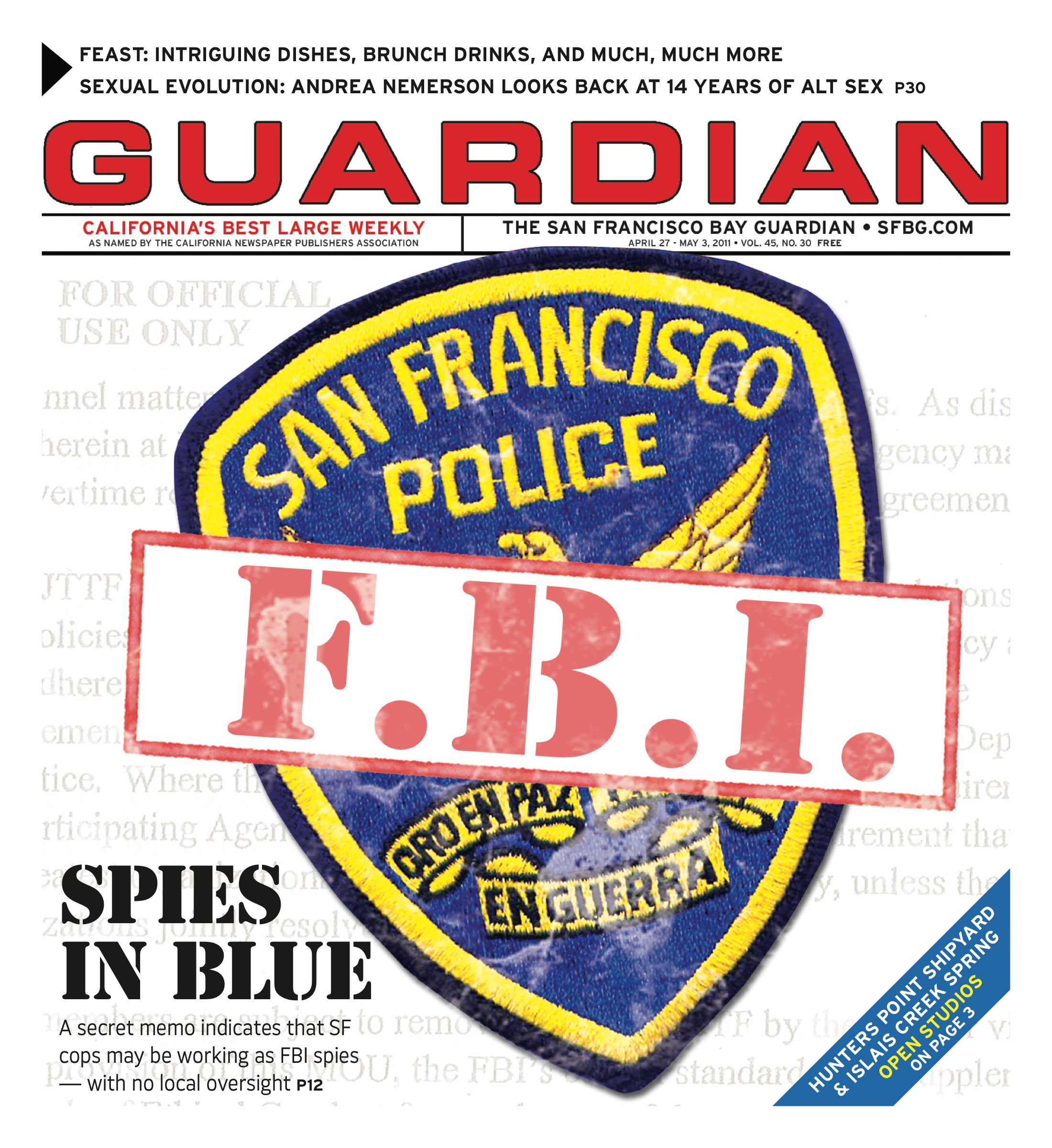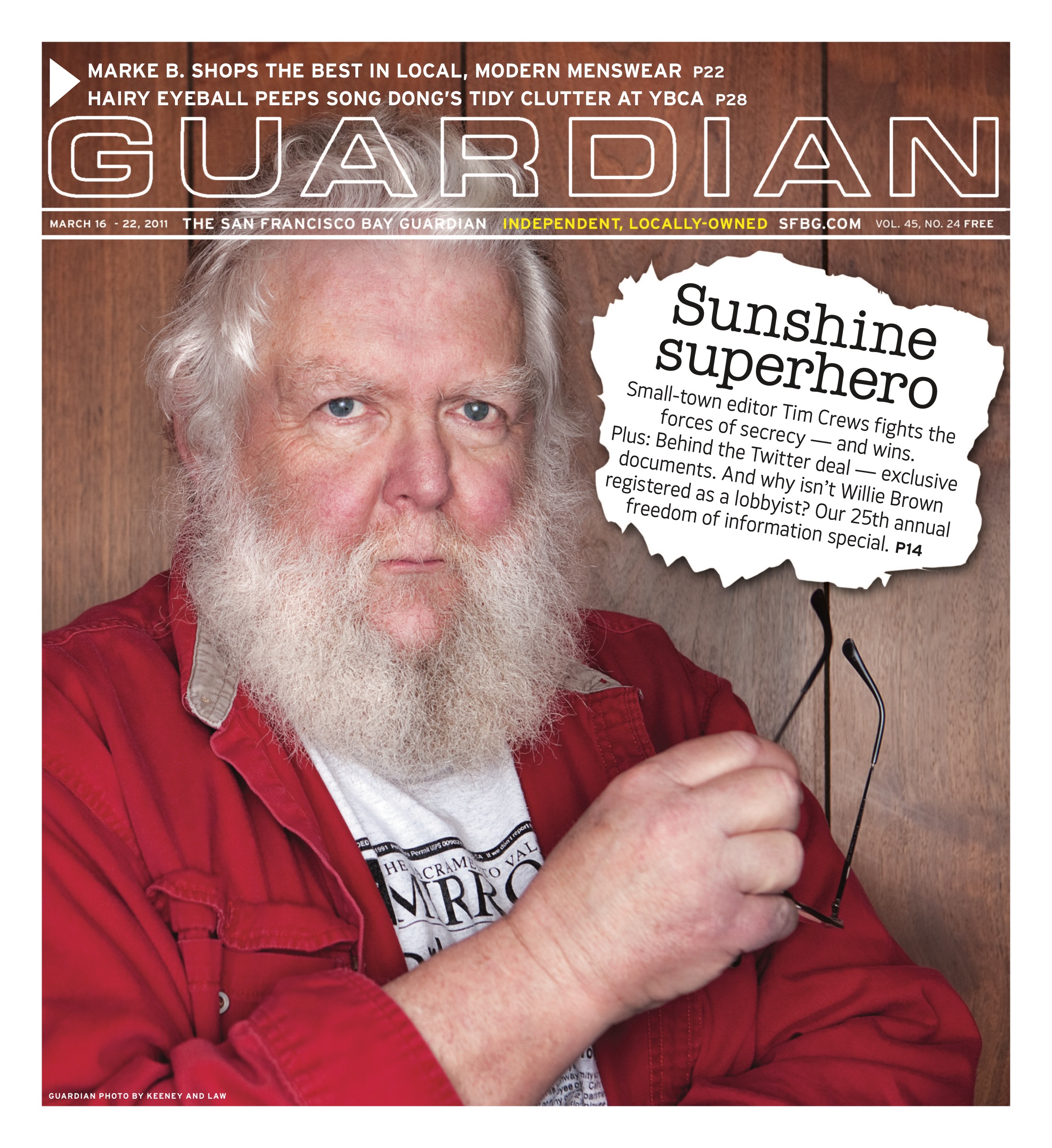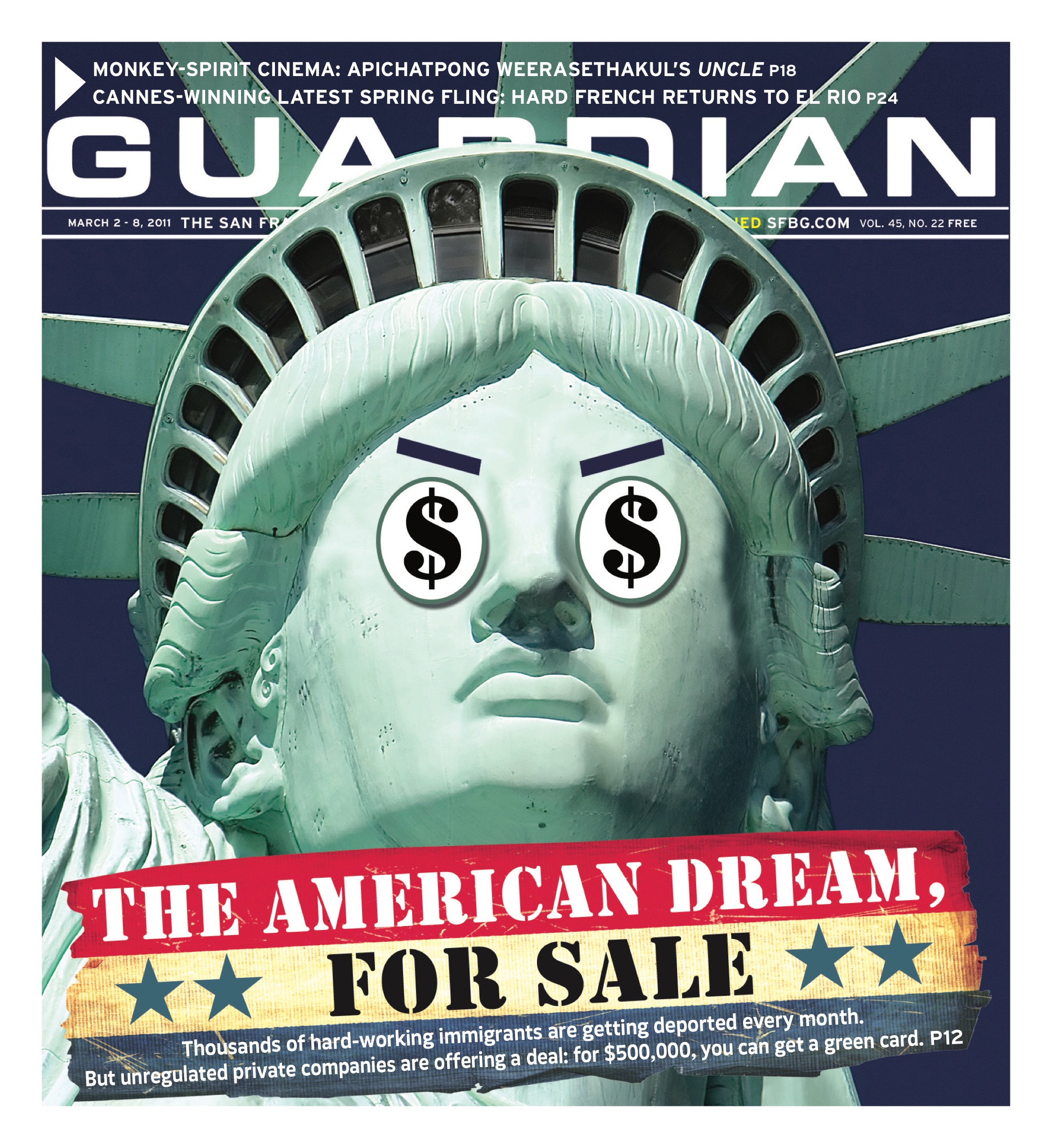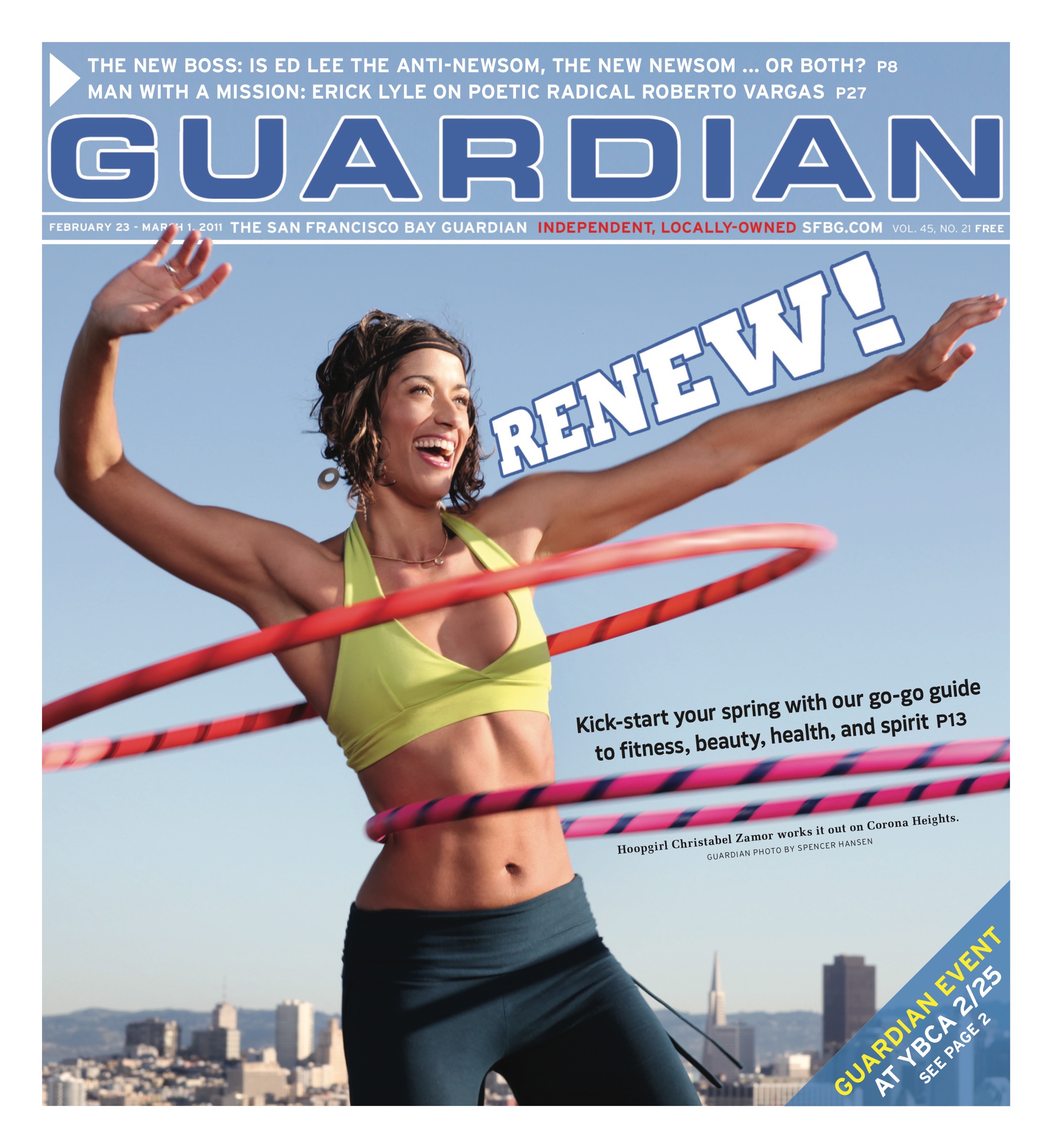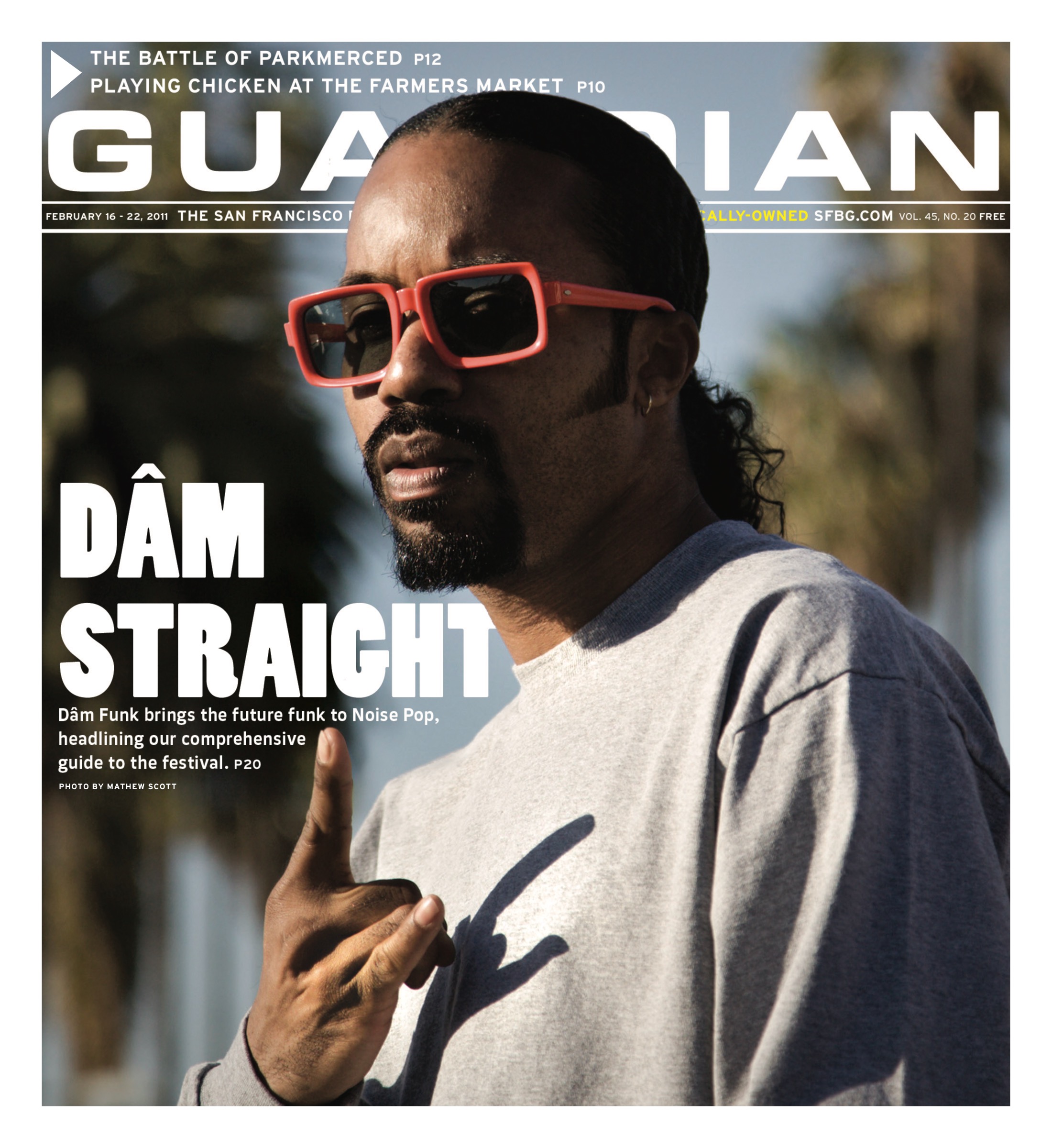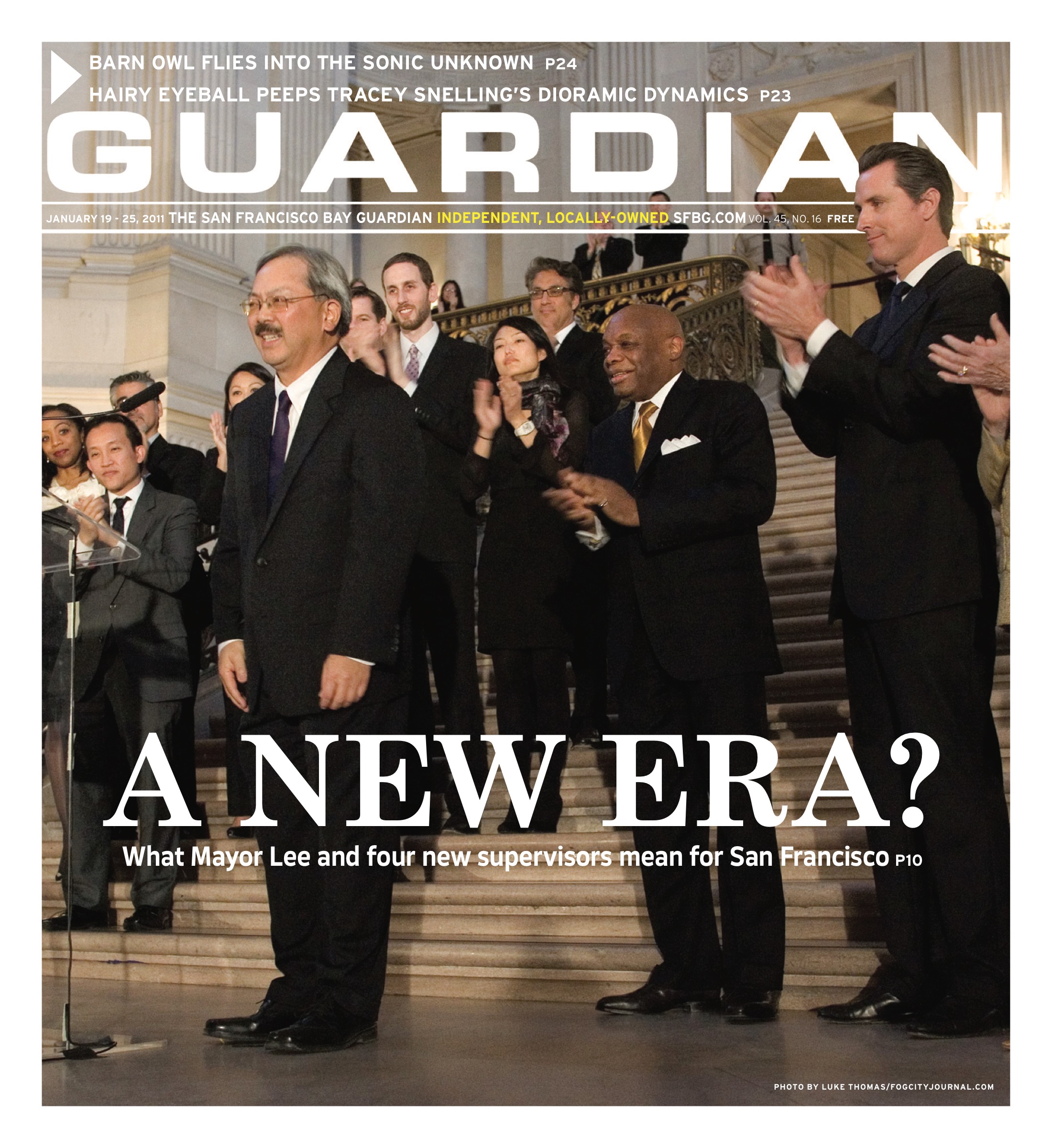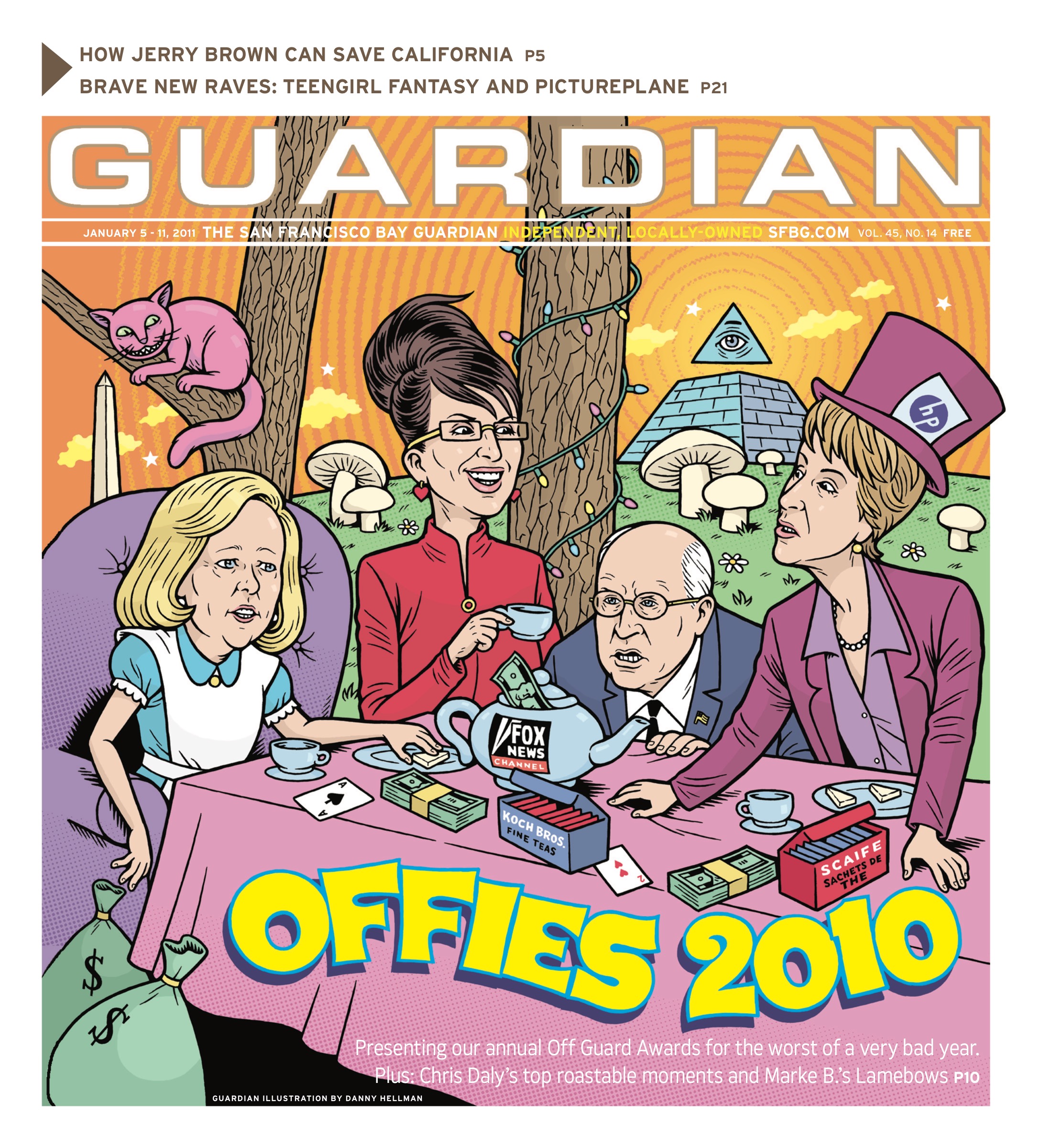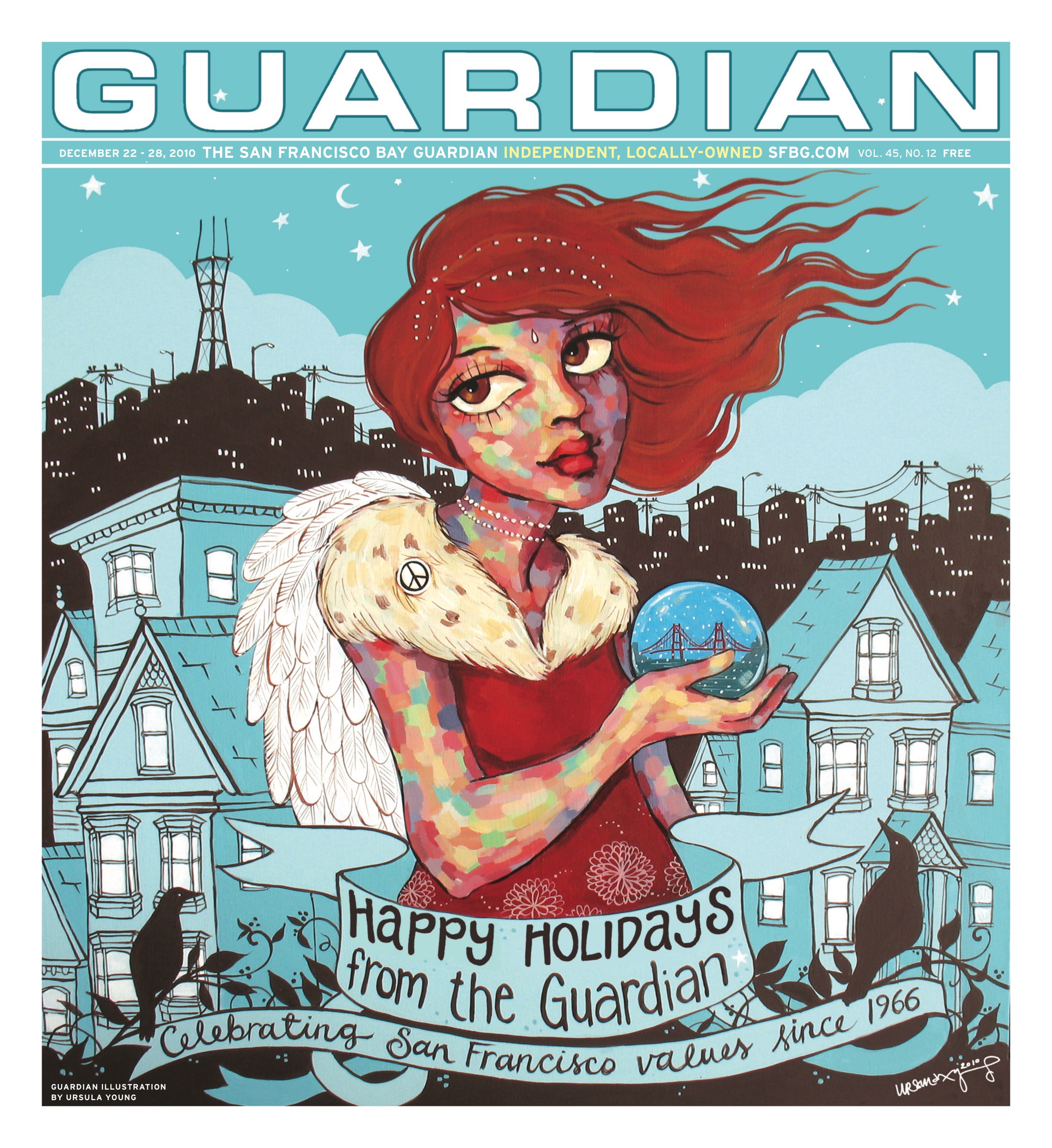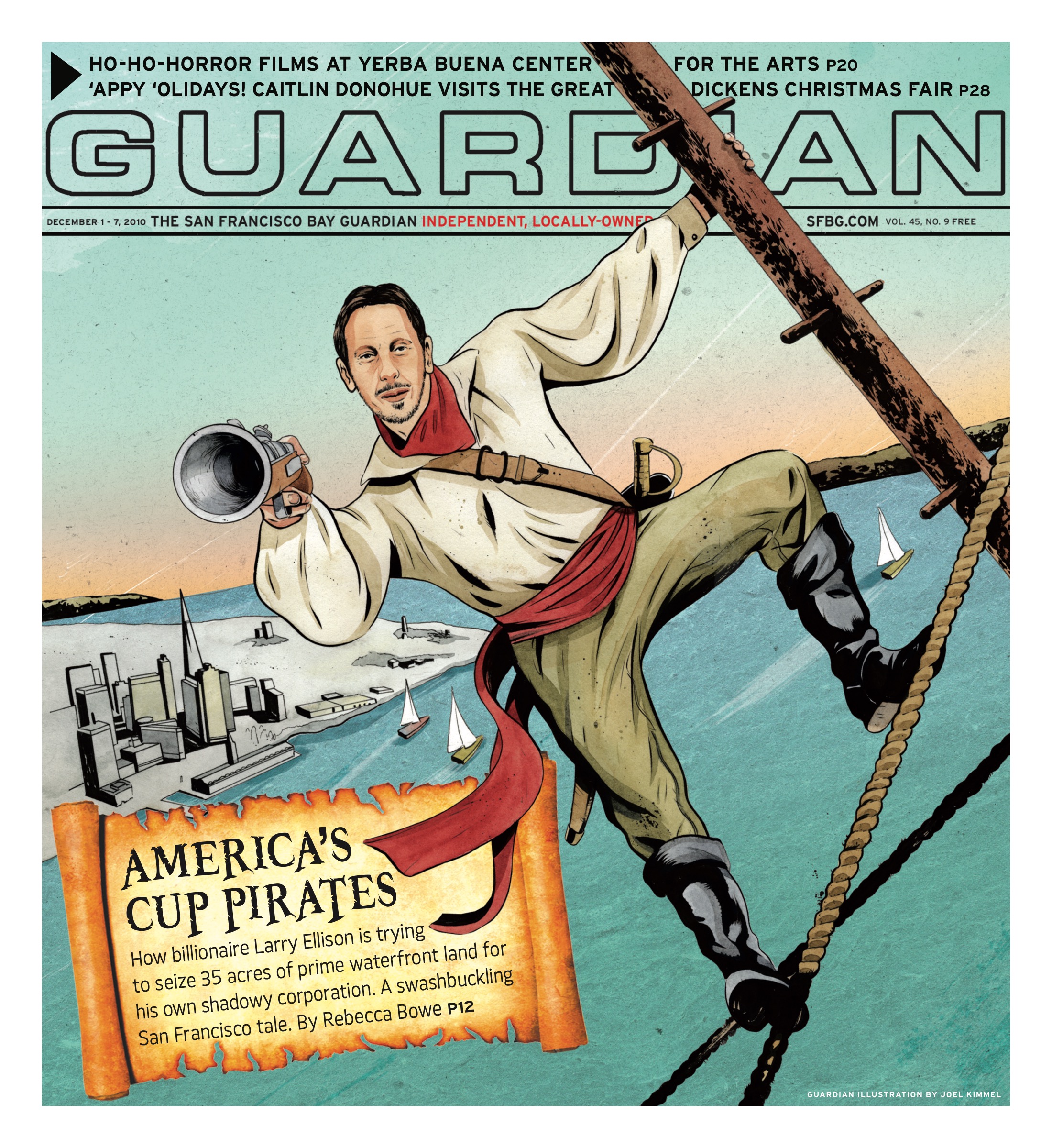arts@sfbg.com
Pierre Thoretton’s documentary L’amour fou opens with two clips of men bidding farewell. The first, from 2002, is of the French-Algerian couturier Yves Saint Laurent announcing his retirement in a moving and emotional speech worthy of his favorite writer Marcel Proust. The second is of Pierre Bergé, Saint Laurent’s longtime business partner and former lover, eulogizing his departed friend at the designer’s memorial service six years later.
Thoretton’s film is suffused with goodbyes, many tender and candid, some portentous and rehearsed. To be sure, L’amour fou is a touching portrait of the powerful and tempestuous bond between Saint Laurent and Bergé, a bond that lasted close to five decades and resulted in one of the great empires of 20th century fashion. But it is also, alongside David Teboud’s two 2002 YSL documentaries, another entry in the hagiography of Saint Laurent, one cannily steered by Bergé as much as by Thoretton.
“Every man needs his aesthetic ghosts,” says Saint Laurent in his retirement speech. It is the 2009 exorcism of the various spirits that he and Bergé accumulated over the years — rare art deco furniture and décor; classical African and Chinese sculpture; singular pieces by Brancusi, Picasso, Mondrian, and Braque — from the Rue de Babylone apartment they once shared to the Christie’s auction block that provides Thoretton with a narrative around which to organize Bergé’s remembrances of things past.
Well-spoken and charming, Bergé still comes off as the punchy entrepreneurial foil to Saint Laurent’s dazzling but fragile genius. He can be both hyperbolic (praising Saint Laurent’s gifts) and forthcoming (discussing the designer’s demons). His penchant for grand pronouncements (“I don’t believe in the soul — neither in me or these objects”) is tempered by dark humor (auctioneers are “morticians of art”) and an occasional mischievous twinkle in his eye that suggests we shouldn’t take what he’s saying quite so seriously. Former muses Loulou de la Falaise and Betty Catroux are also interviewed but this is clearly Bergé’s show.
Bergé’s naturalness as a raconteur recalls Alicia Drake’s characterization of him in The Beautiful Fall (2006), her smart tell-all account of the high fashion demimonde of 1970s Paris, as a master rhetorician. Saint Laurent designed the clothes, but Bergé built the YSL brand. He knew the power of image. He saw the money in launching the Rive Gauche ready-to-wear line just as a new youth culture was shaking up the old guard, and spun perfume sales out of the controversy surrounding the launch of 1977’s Opium.
Bergé is still very much proselytizing the gospel of Saint Laurent, acting as figurehead for the house’s archival legacy and recounting its storied history, as he does here. In the end, though, the lavish parties, the jet-setting with the Rolling Stones and Andy Warhol, the gorgeously appointed properties in Morocco and the French countryside, and the staggering cache being boxed up in Paris for “the auction of the century” (which raised nearly $13.4 million in proceeds for HIV and AIDS research), are simply, as Bergé puts it, “how the money was spent.”
It is when Bergé describes sharing a quiet moment with “Yves,” or acting as caregiver during one of the designer’s frequent bouts with depression, or at the height of his drug and alcohol abuse, that he no longer speaks as a historian or businessman. Bergé’s register is of one who has loved deeply, madly even, and has fought greatly for that love. “I will never forget what I owe you,” he says to Saint Laurent during the funeral service and it is the lover’s prerogative that we will never truly know how much that is.
L’AMOUR FOU opens Fri/20 in Bay Area theaters.



